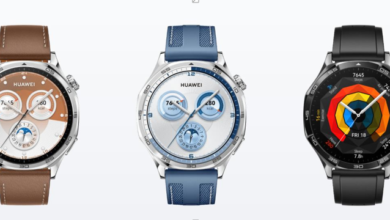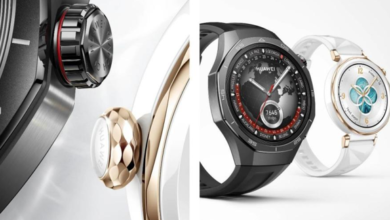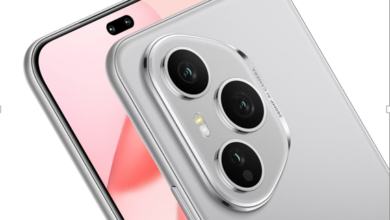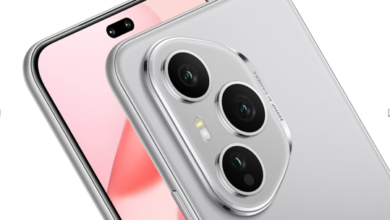Is a Wearable Watch Worth the Investment?
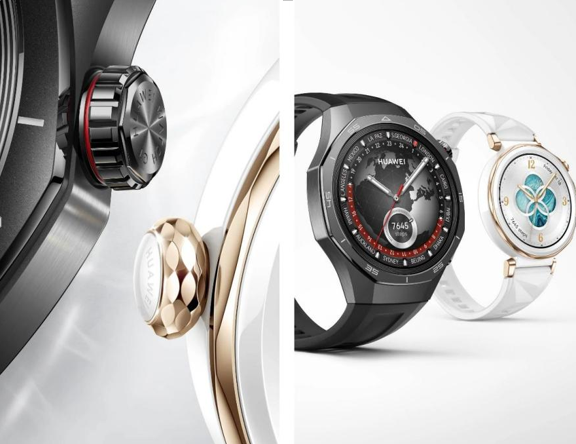
Wearable watches have captured the interest of gadget lovers and health buffs alike. These sleek devices often promise a blend of style and functionality. But is a wearable watch a smart purchase, or just another tech fad? Let’s delve into their features, from monitoring health metrics to offering convenient connectivity. Understanding the full range of a wearable watch’s capabilities helps determine if the benefits justify the price tag. For those exploring premium models, many consider the huawei watch gt6 pro as a benchmark in balancing features with long-term value.
Key Benefits of Owning a Wearable Watch
Wearable watches offer more than just the time. Their benefits range from keeping track of your health to serving as a vital communication tool.
Health and Fitness Tracking Advantages
Wearable watches come with robust health tracking functionalities. Users can monitor heart rates, track steps, and even measure oxygen levels. These features provide real-time data that helps gauge physical performance and health status. Moreover, built-in tracking apps set fitness goals and deliver progress reports. This constant feedback encourages a healthier lifestyle by fostering motivation and accountability. Beyond simple step counting, some advanced models even detect irregular heart patterns, potentially alerting users to seek medical advice. Ultimately, these fitness-oriented features transform wearables from simple gadgets into valuable health monitors.
Convenience in Daily Life
A wearable watch simplifies daily routines through its multifaceted features. Users can receive notifications without pulling out their phones. This hands-free experience is crucial in settings where multitasking is essential, such as while driving or exercising. The quick access to alerts, reminders, and calendar events ensures tasks stay on track. Furthermore, these devices offer contactless payment options, making transactions swift and hassle-free. This convenience extends to streamlining daily operations and adds layers of productivity, improving life’s pace without additional distractions.
Connectivity and Smart Features
Modern wearable watches act as efficient communication hubs. They allow users to make and receive calls, send texts, and connect to smart home devices directly from their wrist. Such seamless connectivity lets individuals stay in touch without breaking flow. Integration with virtual assistants like Alexa or Google Assistant enhances user experience by offering voice control for various tasks. Additionally, app ecosystems expand functionality, catering to diverse needs—from navigation to social media interactions. These smart capabilities ensure users never miss important moments or updates.
Potential Drawbacks You Should Consider
A wearable watch comes with certain limitations and concerns despite its appealing features. Evaluating these aspects is crucial before making a purchase.
Cost vs. Value Concerns
The price tag on a wearable watch can be substantial, leading to cost vs. value dilemmas. Premium models boast advanced features, but budget-friendly versions may lack comprehensive functionality. Potential buyers should assess if the features justify the expense and long-term benefits. Some users may find similar health tracking and connectivity options in other affordable gadgets. Additionally, with rapid tech advancements, today’s innovation might become obsolete tomorrow, diminishing its value. Budgeting is crucial to balance current desires with long-term practicality.
Battery Life Limitations
Battery life remains a notable concern for most wearable watch users. Frequent charging disrupts convenience, particularly for those accustomed to traditional watches with lengthy battery spans. While modern wearables boast of improved battery efficiency, heavy usage of GPS, connectivity features, and app integrations quickly drain power. Some models attempt to counteract this with power-saving modes, but these may reduce functionality. For active users, constant recharging may become bothersome, underscoring the need for a reliable, enduring power source.
Privacy and Security Issues
Given their connectivity range, wearable watches naturally raise privacy and security apprehensions. They collect and transmit sensitive health data, which poses risks if access is unauthorized. Hackers might exploit vulnerabilities, capturing info intended to stay private. Users should exercise caution, ensuring connection to secure networks and implementing protective measures. Regular software updates and setting strong, unique passwords can deter breaches. Prospective buyers must scrutinize each brand’s reputation for security features, protecting personal data from potential threats.
See also: Top Wearable Watch Trends Shaping 2025 Tech
Who Should Invest in a Wearable Watch?
A wearable watch can appeal to diverse users, depending on their needs and lifestyle preferences. Let’s identify who might benefit the most from owning one.
Fitness Enthusiasts and Health-Conscious Users
Fitness enthusiasts benefit greatly from wearing a smartwatch. Detailed health metrics guide athletes in fine-tuning their training regimes, enabling peak performance through data-driven insights. Heart rate monitoring provides vital statistics for endurance and cardiovascular conditioning, pushing productivity while optimizing workout routines. For those conscious about their well-being, daily activity tracking fosters motivation, ensuring fitness objectives stay at the forefront. With emerging health-tracking innovations, wearable watches act as a digital port for leading healthier, informed lifestyles.
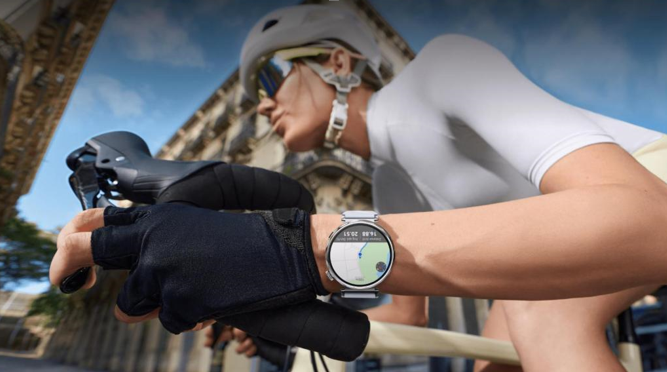
Busy Professionals and Tech Lovers
For professionals, wearable watches keep users connected and focused with little disruption. The ability to swiftly manage calls and emails allows multitasking without pulling out other devices, boosting productivity. Calendar syncing ensures no meetings are missed, functioning seamlessly in harmony with smartphones. Tech lovers enjoy syncing gadgets, exploring app ecosystems, and employing smart features to control synced devices. A wearable watch provides an integrated experience in managing professional and personal affairs, becoming indispensable for those who embrace tech.
Casual Users and Budget-Conscious Buyers
Even casual users and budget-conscious buyers might find value in a wearable watch with a simpler feature set. Fitness amateurs can still track basic health statistics, fostering active lifestyles on a budget. Affordable models often focus on core capabilities without overwhelming technical aspects, making them ideal for straightforward needs. Users seeking functionality rather than brand-name prestige can acquire satisfaction at accessible price points. Budget-friendly options provide entry-level experiences, introducing users to the world of wearable tech without overspending.
Conclusion
The decision to invest in a wearable watch must hinge on your lifestyle, needs, and expectations. For fitness enthusiasts and tech aficionados, these devices prove indispensable. They blend practicality with innovation, streamlining routines while promoting wellness. Yet, the investment may not suit everyone, especially considering costs and privacy concerns. Carefully weighing benefits against drawbacks is essential. Whether you seek to boost productivity, monitor health metrics, or stray into tech territory, a wearable watch could either transform daily life or act as a costly accessory. Consider these factors before taking the plunge to ensure it’s a smart addition to your toolkit.
